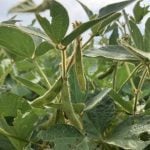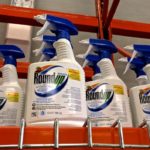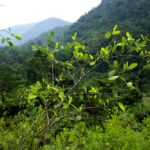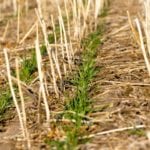Reuters — A U.S. jury on Tuesday found Bayer’s glyphosate-based Roundup herbicide caused cancer, a blow to the company eight months after another jury issued a US$289 million verdict over similar claims in a different case. Tuesday’s unanimous jury decision in San Francisco federal court, which came after five days of deliberation, was not a […] Read more












